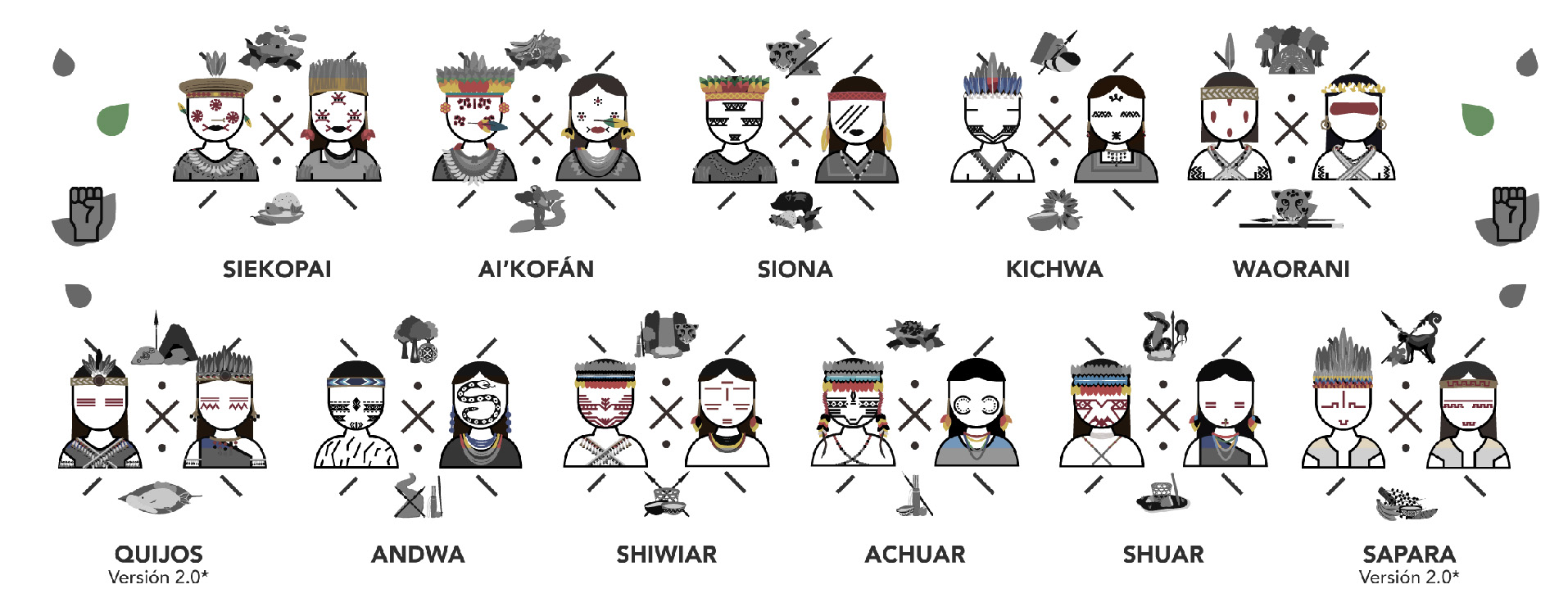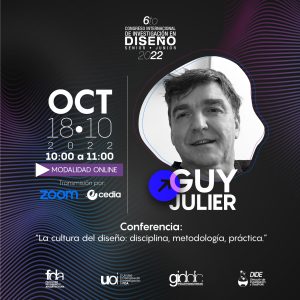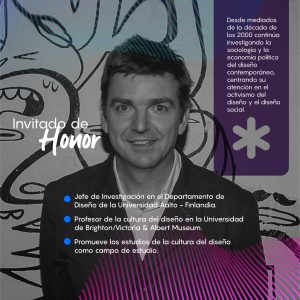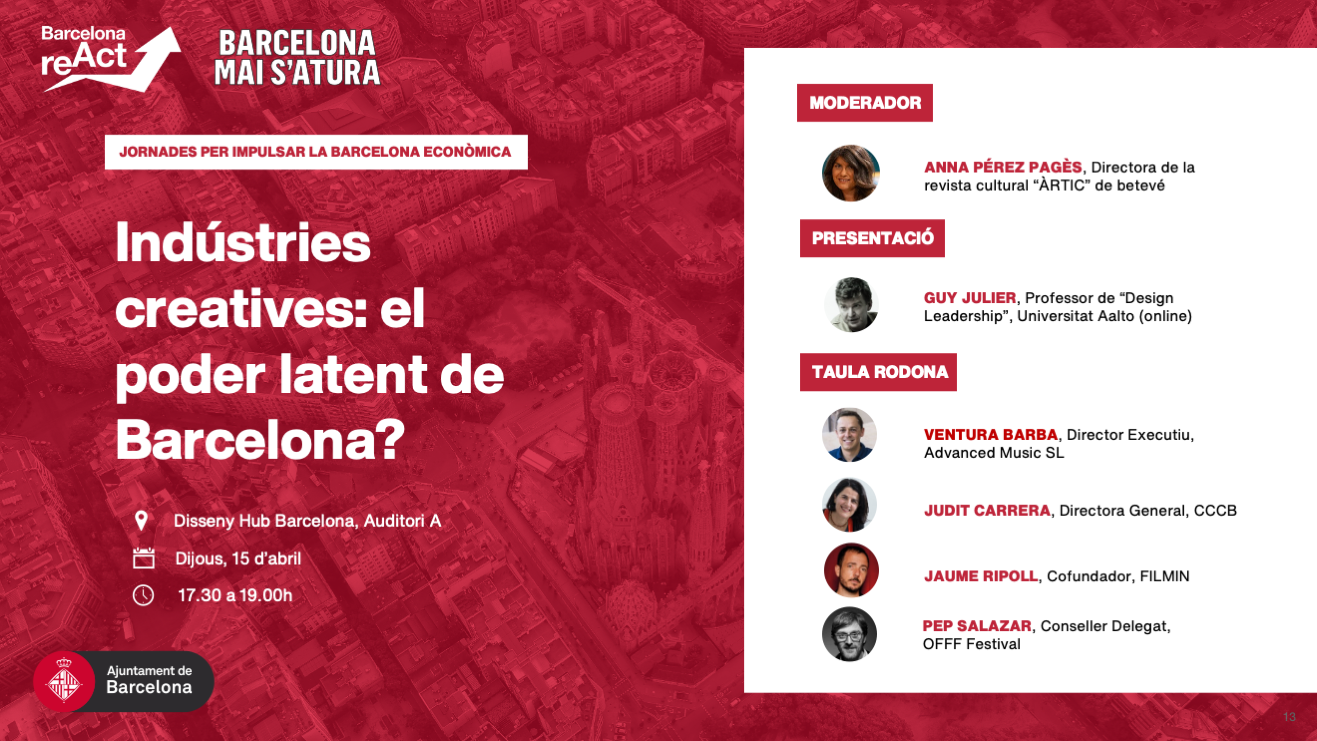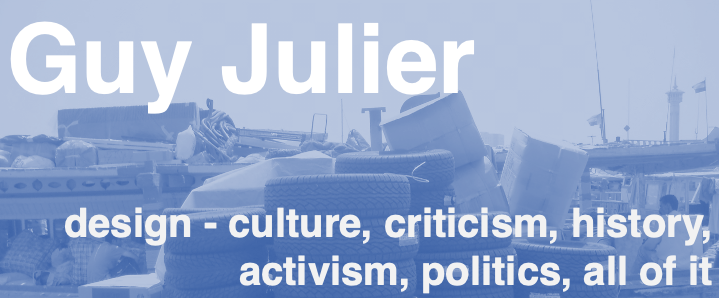
News and Events 2021-25
Interview with Q-P Magazine
I was asked to give an interview with a magazine about the Nokia Design Archive. I’m not sure if they published anything, but here it is in full.
Q-P – What was the genesis of the Nokia Design archive? Can you describe how and why it developed from initial idea to eventual execution?
GJ The Nokia Design Archive was the brainchild of Anna Valtonen. Anna worked at Nokia for 12 years and has a background both as a designer and a cultural historian. While at Nokia she encouraged her fellow designers to put all their work – drawings, prototypes, models and so on – into a physical repository at the company. In 2016, after Microsoft had bought Nokia, phone production was discontinued. So, she moved the archive to Aalto University where she was now Dean of the School of Arts. Four years ago, a team of us were awarded substantial funding from the Academy of Finland to research this amazing collection. Much of our time has been spent cataloguing its 20,000 items. But we always wanted this archive to be opened up so that others could research it as well. And so, we created the digital version.
Note: you can get more detail on this here https://www.aalto.fi/en/news/left-outside-in-the-rain-the-story-behind-the-stories-of-the-nokia-design-archive
– It’s unusual for companies, scared as they are of competition, to open up their sketches and ideation processes in the way Nokia has done here. Do you think more companies should? Why is it important to share this information more widely?
Very few companies maintain archives of their past work. This is a great shame as we’d be able to learn much more about how design operates in companies. In the Nokia archive there are hundreds of designs that never saw the light of day. Some of these were exploratory and speculative, some were to set design directions in the company and some just didn’t get manufactured for a variety of reasons.
Through the archive, we can also trace how project teams were put together, how designers interacted with technologists, marketing and management and how they undertook research. We mostly only get to see design in terms of finished objects in magazines, shops or museums. Seeing the actual design processes – through drawings, sketches, models and so on – really helps one appreciate the sheer hard work and skill that goes into developing products, but also the need to collaborate with others. If more companies maintained archives and opened these up, consumers would have more trust and understanding in what goes into shaping and producing items.
– What was something especially remarkable or surprising that came up in your research? Can you describe what, and why it surprised you in terms of what you already knew about phone design.
First of all, there were lots of proposals that were way ahead of their time but didn’t make it to manufacture. For example we found sketches for a phone-based game (called ‘The Game’!) that interacts with urban environments – a bit like Pokémon GO but 10 years earlier. Secondly, although we knew that Nokia designers undertook huge amounts of user research, what comes across is the depth of enquiry and the care that they took. Particularly fascinating is ethnographic work undertaken in various parts of Africa to really understand different phone usage there. Nokia saw that their phones were being used in ways that it hadn’t anticipated and they were changing people’s lives significantly. The best designers know that they can’t fully control what their products mean or how they are adopted. But they can learn more from observing these effects.
Finally – and this is most significant in terms smartphone use today – in the 2000s, they were especially concerned with phone designs that didn’t totally absorb their users. They were asking, how you design products that are compelling but do not dominate lives? I often wonder how different the world might have been if their idea of ‘absence’ as much as presence had prevailed.
– What do you think of the current trend for “dumb phones” – that has made older-gen Nokia phones quite desirable for the younger generation?
It is great that so many consumers are thinking about what they want mobile phones for and what they don’t want them for. Of course, this is partly driven by current anxieties over how much time is wasted on smartphones.
But this is also a straightforward question of aesthetics. Nokia designers poured huge amounts of effort into details such as the height and resistance of buttons, the feel of a phone’s edge, how it sat in the palm, weight and balance and so on. Many were obsessive about the sensations of handling a phone which is, by contrast, something that doesn’t’ seem so important to smartphone design today. While things like interaction with screen menus were also researched deeply, Nokia designers were also absorbed in the analogue aspects of devices. Today, I think ‘dumb phones’ offer a way out of the domination of screens, but they also offer a more satisfying haptic experience that has been forgotten about.
– What phones or designs, in your view, tell us the most about our current technological reality – perhaps the growing importance of AI, or even the dominance of social media in our lives?
It’s impossible to point to individual Nokia designs that help us consider our current technological world. The digital archive allows us to get an overview of Nokia design in a way that going through individual boxes in the physical archive doesn’t fully permit. For instance, in the digital archive, if you pull up a selection of mock-ups of phones in use, visualised through drawings and photos, these show users actually talking to each other. There is a sense of joy and discovery associated with them. And you also get a sense of the sheer fun that Nokia designers were having. In being playful and taking risks with colours, surfaces, forms, materials and so many facets, these Nokia designers were constantly doing fresh and surprising things.
Since the first iPhone in 2007, differentiation in mobile phone design has been built on tiny features while the overall smartphone concept has remained the same. The market is dominated by a monopoly of just a few companies and it has become very boring. Remember that in the 1990s and 2000s Nokia was operating in a much interesting marketplace with many other contenders. They had to keep on their toes. It would be great if other mobile phone had design archives too so that we could see how they were responding to each other. But sadly, I suspect that the design traces of these many, many other companies were consigned to skips at the back of their offices before they closed down.
– Overall, why do you think a project like this is important to launch in 2025?
It hardly needs repeating that we are living in critical times. Disinformation, the breathless quest for innovation at all costs, cultural destabilisation: there are so many things that are distracting us from thinking carefully about our place in history. All design decisions set pathways that have future effects. The Nokia Design Archive gives us just one way into considering how we have got to where we are – for better or worse – and how things could still be otherwise.
Now and Then: Occasional Writings on Design Culture 1
We finally have published the first edition of this journal. It features eleven essays by Masters students in the Department of Design at Aalto University. These include reviews, academic analyses and short pieces of creative writing. They originated in the course I teach, Design Culture Now, and were edited by me. The design work was by Jamie Smyth.
A digital version will be available soon. In the meantime, if you would like a print copy, please contact me.
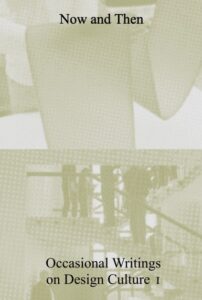
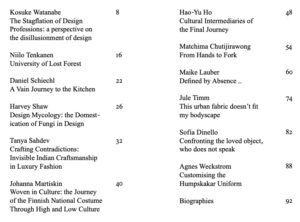
Conference — Designing for Bodies: Practices, Imaginaries and Discourses
University of Southern Denmark, Kolding, 6-7 February, 2025
I shall be delivering the first Keynote lecture for this conference, convened by Dr Harun Kaygan. The title of my talk is ‘Project Bodies’. More information on the conference here.
Here’s a sketch of what I might talk about.

Nokia Design Archive
Funded by the Research Council of Finland, a team of us at Aalto University Dept. of Design have been working on this since 2021. A large part of this is now digitised and publicly available here.
Anna Valtonen and I are currently working on an edited book about design at Nokia. More news on that to come.

Design Culture Research Group
Dept. of Design, Aalto University
Founded in early 2024, this research group is co-directed by Guy Julier and Annamari Vänskä.
It features 12 members, including doctoral and post-doctoral researchers. Currently funded projects are Intimacy in Data-Driven Culture and the Nokia Design Archive.
More information on it and its activities can be found here.
Nathaly Pinto, Guy Julier and Andrés Tapia
Pictogramas para la resistencia: historicidad e investigación militante de diseño en el Ecuador amazónico
Lunes 4 de Marzo de 2024
Fuente: Archivo del proyecto.
https://www.revistacrisis.com/debate-territorios-en-resistencia/pictogramas-para-la-resistencia-historicidad-e-investigacion
NODUS Talks
The Diverse City
Thursday 23rd Nov 2023
16:15 – 17:45
Design Museum (Korkeavuorenkatu 23, Helsinki)
and online on Zoom.
The event is free, but please register as seats are limited.
You can join this on zoom but still need to register at the same place.
https://www.eventbrite.fi/e/nodus-talks-the-diverse-city-tickets-744324864707
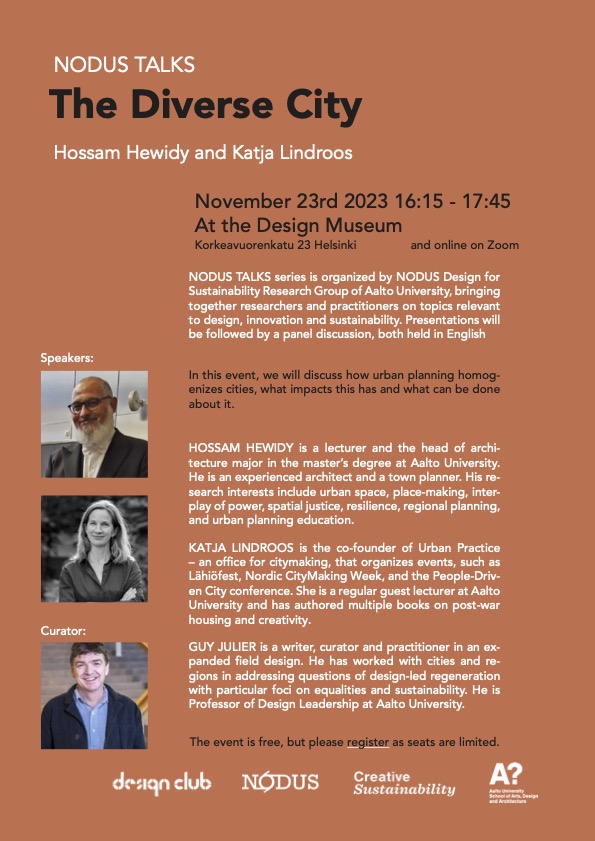
_______________________________________________
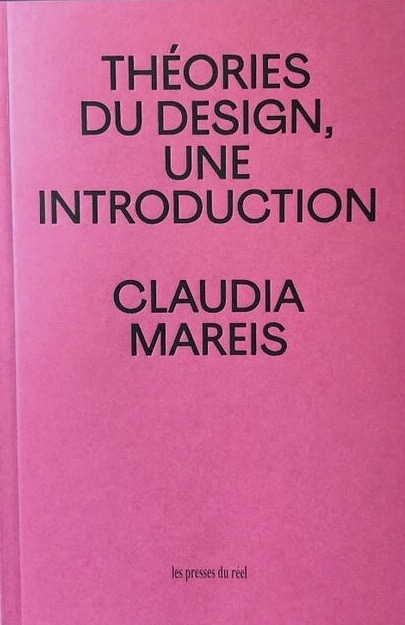
I wrote an essay called ‘Pratiquer la Théorie’ as a Postface for the French translation of Claudia Maries’s book Theorien des Designs zur Einführung. Big thanks for Emanuel Quinz who put this translation together and invited my input.
Citation
Julier, Guy (2023) ‘Pratiquer la Théorie’ , Postface in Maries, Claudia, Théories du design – Une introduction. Paris: Les Presses du Réel, pp.283-92.
European Academy of Design Conference
BILBAO HUB, 16th October 2023
Keynote lecture: Disciplined and Transgressive: in the Dungeon of Design
University of the Basque Country, Faculty of Architecture, in partnership with the University of Deusto, Bilbao.
_________________________________
Design History Society Conference 2023 Matosinhos – Porto
September 7–9
ESAD · College of Art and Design: https://displayingdesign.esad.pt/
I revisited the exhibition that I was Commissioner of in 2919 to give a paper entitled:
Fuzzy Neoliberalism and the Impure Exhibition: the Finnish Pavilion at the 2019 Triennale di Milano
Economies of Design is now available in Spanish.
Buy it here.
Translation by Eugenio Vega for Editorial Experimenta, Madrid.
Book Presentation: Wednesday 17 May, 1900h,
Consentino City Madrid
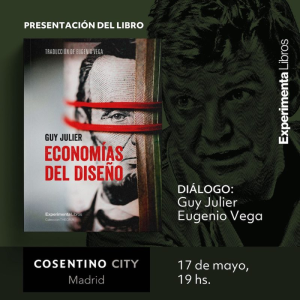
Also speaking at this: http://www.escuelasdearte.es/news/2023madrid/home.htm
Online keynote speaker at the 2022: ‘IV Congreso Internacional de Investigación en Diseño’, 18 October, Ecuador
Social Design Days – Estonian Academy of Art
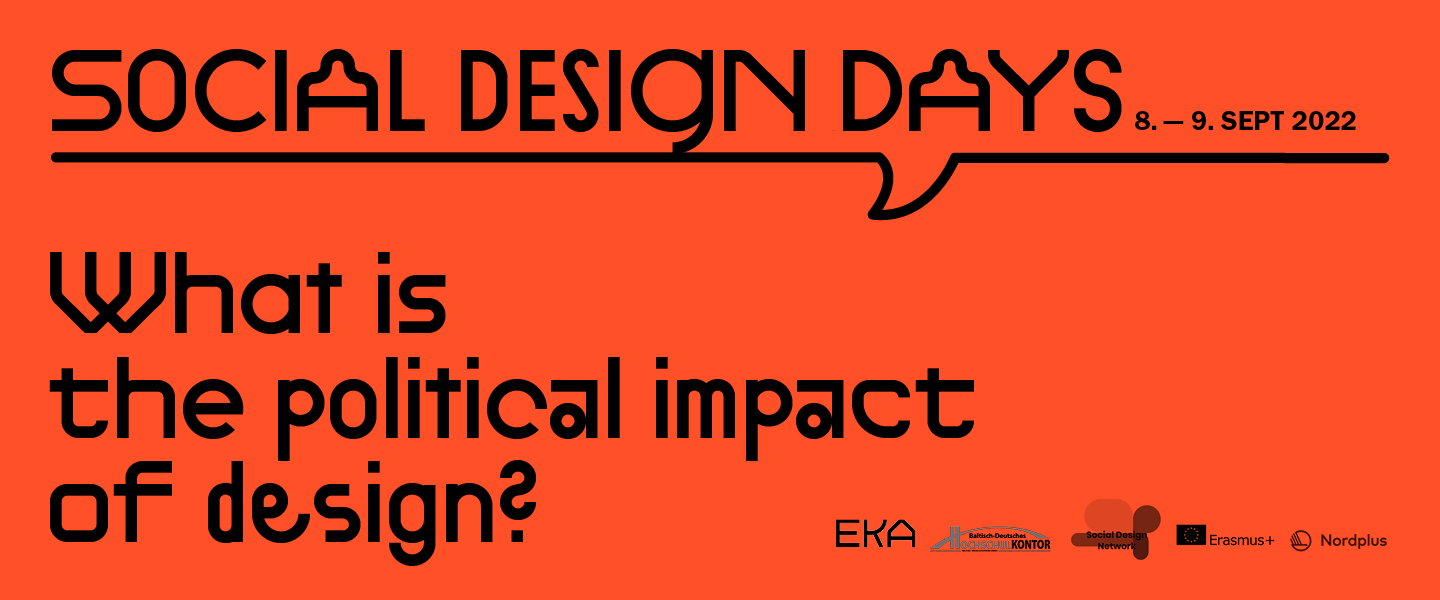
8-9 September, EKA
Twenty-two professionals in the field are meeting at the Estonian Academy of Arts to discuss questions such as:
- What is the political impact of design?
- Why is design a social practice?
- And can we understand social transformations with design techniques?
The frontiers of design are rapidly expanding within society; In the recent years, design practice has moved beyond the ideation of commercial products and is more and more considered as a set of techniques for engaging with complex problems. Hence, there is a need to open up the roles of design within wider economic and political issues.
Experienced colleagues from all over Europe are joining us to discuss the key questions in the field. For instance, Guy Julier has written about activism and the economies of design; Jesko Fezer about architecture and community making; Eeva Berglund about how to research environmental activism; Adam Drazin about design anthropology; Jussi Koitela about hospitality and interdisciplinary projects; Maija Rozenfelde about design institutions; Liene Ozoliņa about social theory; Bianca Herloabout bottom-up politics and civic infrastructures; and Alvise Mattozzi about innovation and sustainability, just to name a few key topics of expertise.
Design, Everyday Experiments and Nordic Neoliberalism
I’m giving a paper with the above title at the Nordic Geographers’ Meeting 20-22 June 2022.
Here’s my abstract:
This paper provides a critical reflection on the Finnish pavilion for the 2019 Triennale di Milano, entitled ‘Everyday Experiments’. It contributes a discussion on the role of design in the neoliberalisation of the Nordics. The Triennale di Milano featured 26 national pavilions and a central exhibition that responded to the theme of ‘Broken Nature’. As the Commissioner of the Finnish pavilion, and with its Curator, Kaisu Savola, our aim was to shift perceptions of Finnish design culture away from elite manufactured objects to participatory experiments in confronting questions of equality and sustainability. Everyday Experiments was supported financially by two government ministries and Aalto University. The show narrated twelve projects, ranging from activist initiatives, citizen science, government-sponsored platforms to experimentation in finance-driven urban and technological fixes. The ‘Everyday Experiments’ pavilion thus showed conflicting motivations while highlighting the on-going work of the actors who were featured.
The notion of experimentation in the Finnish context is active across a broad political spectrum and contains various historical threads. Nonetheless, several scholars have drawn attention to the ideological functions of experimentation in enacting and disciplining dispositions towards emergence in the post-welfare state context. The design of platforms for citizen participation in testing ideas in situ and at scale, produces a certain responsibilitisation in and for certain structural processes. More straightforwardly, the experiment becomes a locus for the downloading of accountability while upholding neoliberal priorities of financialisation and deregulation. Enrolment of neighbours in the experimentation of smart city services in Helsinki’s Kalasatama district is an example.
This approach draws on Nordic enthusiasms for participatory design that have their origin in the 1960s. Inspiration is also taken from more recent developments in design for public sector innovation. The blurring of boundaries between different political modalities here, is, to be expected. In this state of ‘fuzzy neoliberalism’, design normalises and ‘makes reasonable’, unstable conditions. It also functions as a trope for national and localised place branding. Moving the focus away from manufactured design objects to foregrounding the role of design experiments that are tied to place, opens up new layers for the inspection of Nordic neoliberalism.
Practice Research in Social Design
I was a panelist at this Symposium of the Social Design Institute, University of the Arts London, 20 May 2022
Panel 4: Contexts – infrastructures, drivers, narratives
Speakers
Professor Yoko Akama, RMIT, Australia
Professor Guy Julier, Department of Design, Aalto University, Finland
Dr Eva Knutz, Southern Denmark University, Denmark
Dr Lara Salinas, London College of Communication, UAL
Chair: Professor Kate Goldsworthy, Centre for Circular Design, UAL
This session offers a critical assessment of the histories and genealogies of practice research in social design. Why has it emerged? How do differing institutional locations result in different agendas, forms of practice research and consequences? What logics and narratives is it tied up with? What inequalities and conditions does it reproduce?
Lecture at Kingston University, London
Tuesday 17 May
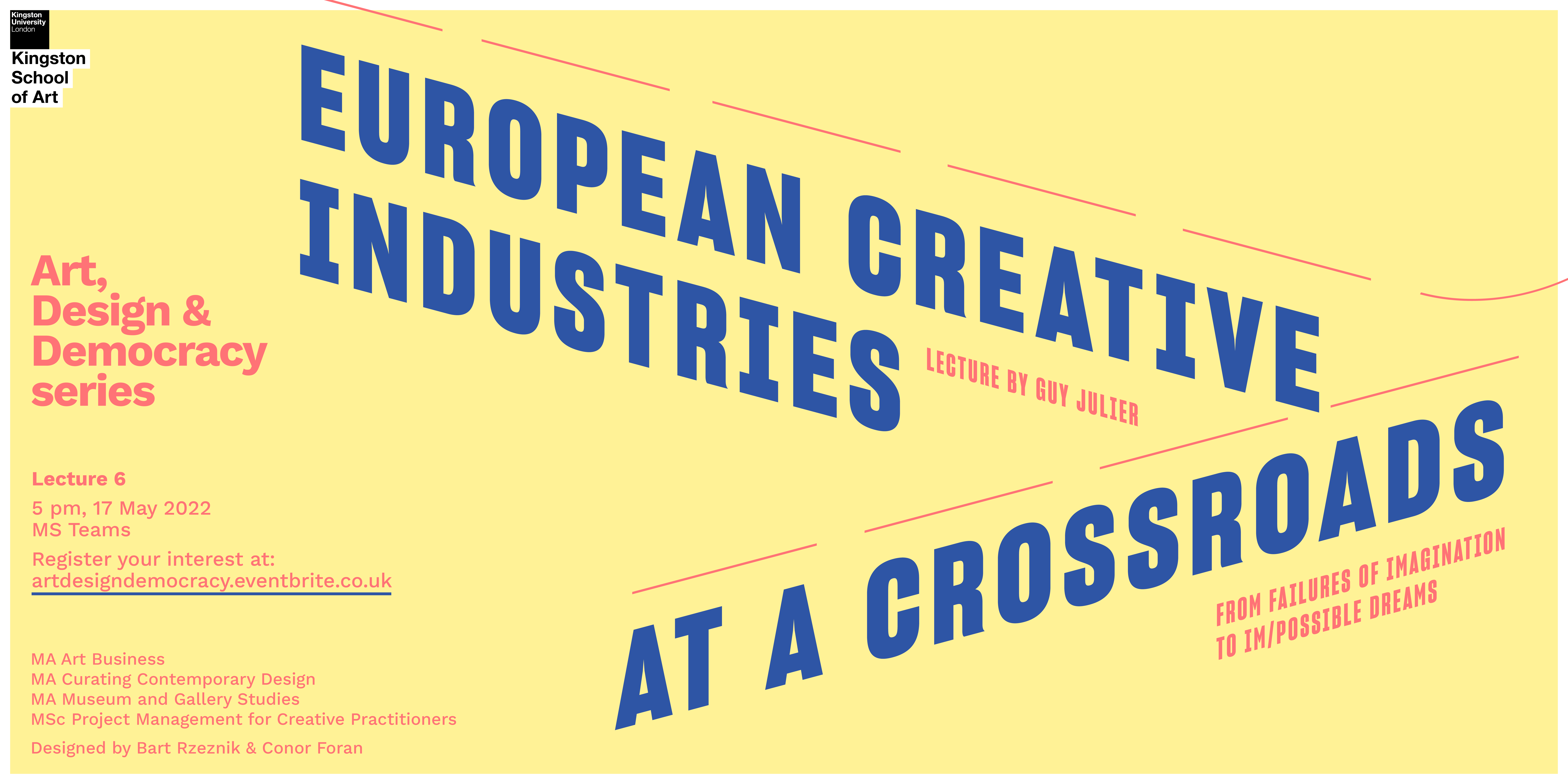
Apologies for the grandiloquent lecture title. But I’m going to be speculating on what best could be done with regards to the creative industries — design, specifically.
Jornada
Estrategias de desarrollo curricular en la Investigación Artística
Viernes 6 de mayo de 2022
· 16:00 Presentación. Coordinadora de la Comisión de Doctorado EAPA.
· 16:30 Sara Vilar. Universidad Politécnica de Valencia.
· 17:00 Mariela Yeregui. Rhode Island School of Design, Providence (EEUU).
· 17:30 Guy Julier. Aalto University, Helsinki (Finlandia).
18:00 Mesa de debate Publicaciones e investigación artística. Modera Diego Marchante
18:30 Pausa – café.
· 19:00 Mónica Bello. Arts at CERN, CERN (Suiza).
· 19:30 Efraín Foglia. Universitat Oberta de Catalunya.
20:00 Mesa de debate Arte, investigación y transferencia. Modera Laura Baigorri
Organiza:
Programa de Doctorado Estudios Avanzados en Producciones Artísticas Facultad de Bellas Artes de la Universidad de Barcelona
Online a través de la plataforma ZOOM-UB. Enlace: https://ub-edu.zoom.us/j/99724678185
Public Talk
Design Talks #4
The Relevance of Design for Research
–
https://www.aalto.fi/en/events/4-designtalks-the-relevance-of-design-for-research
Schedule
- 16:00 – Event starts
- 16:05 – Design in research. Bringing human-centric innovation methods into VTT – Niall Shakeshaft – VP of Design at VTT and Jane Vita – Design Lead at VTT.
- 16:35 – Quick and Dirty, Slow and Thoughtful: Design Research in Public – Guy Julier, Professor of Design Leadership at Aalto University.
- 17:05 – Break
- 17:15 – Guy + Niall + Jane – Discussion on design for research.
DesignTalks series consists of eight lectures during December 2021 – May 2022. Each event will have its own theme discussing the relevance of design in different contexts such as sustainable development, corporations, cities, business-to-business, research, accessibility, creative projects, and many more.
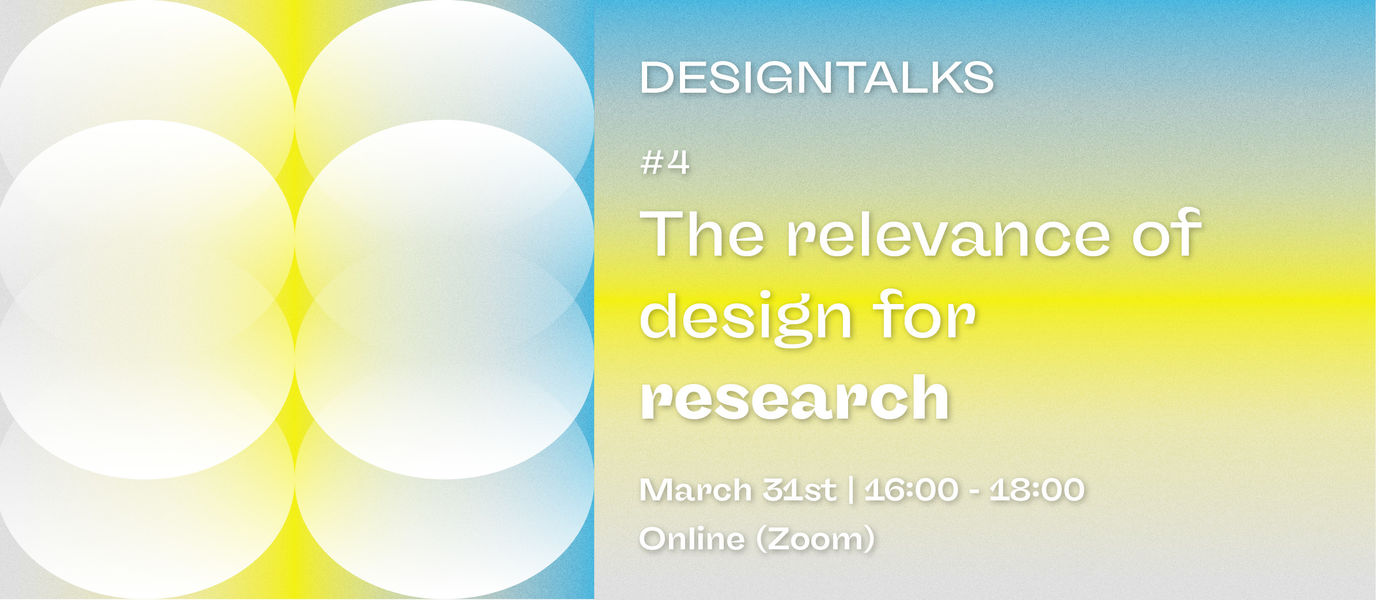
_____________________________________________________________________________________________________
Interview
Hungarian cultural media „A design igazából a mindennapokról szól” Beszélgetés Guy Julier-vel
https://www.es.hu/cikk/2021-12-10/korosvolgyi-zoltan/a-design-igazabol-a-mindennapokrol-szol.html
_____________________________________________________________________
Keynote Talk
‘Design Culture: What is it for?’
4th Daily Life and Design History Forum, 27th November 2021, Tongji Design Week, Shanghai
_________________________________________________________________________
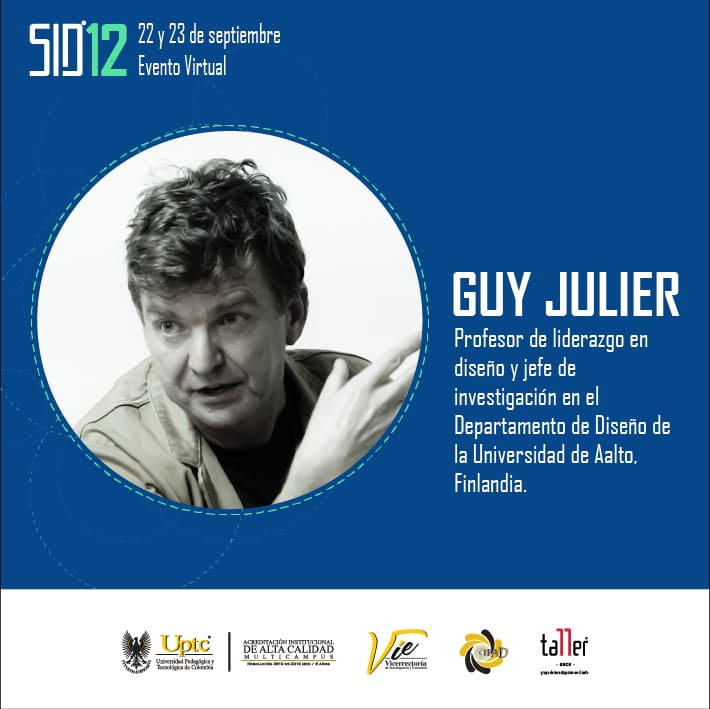
Keynote Talk
“Las economías del diseño y lo cotidiano: explorando sus relaciones a través de la investigación”
12° Seminario Internacional de Investigación en Diseño (SID12) , Universidad Pedagógica y Tecnológica de Colombia, 22 September 2021
____________________________________________________________________________________________
Conference Paper
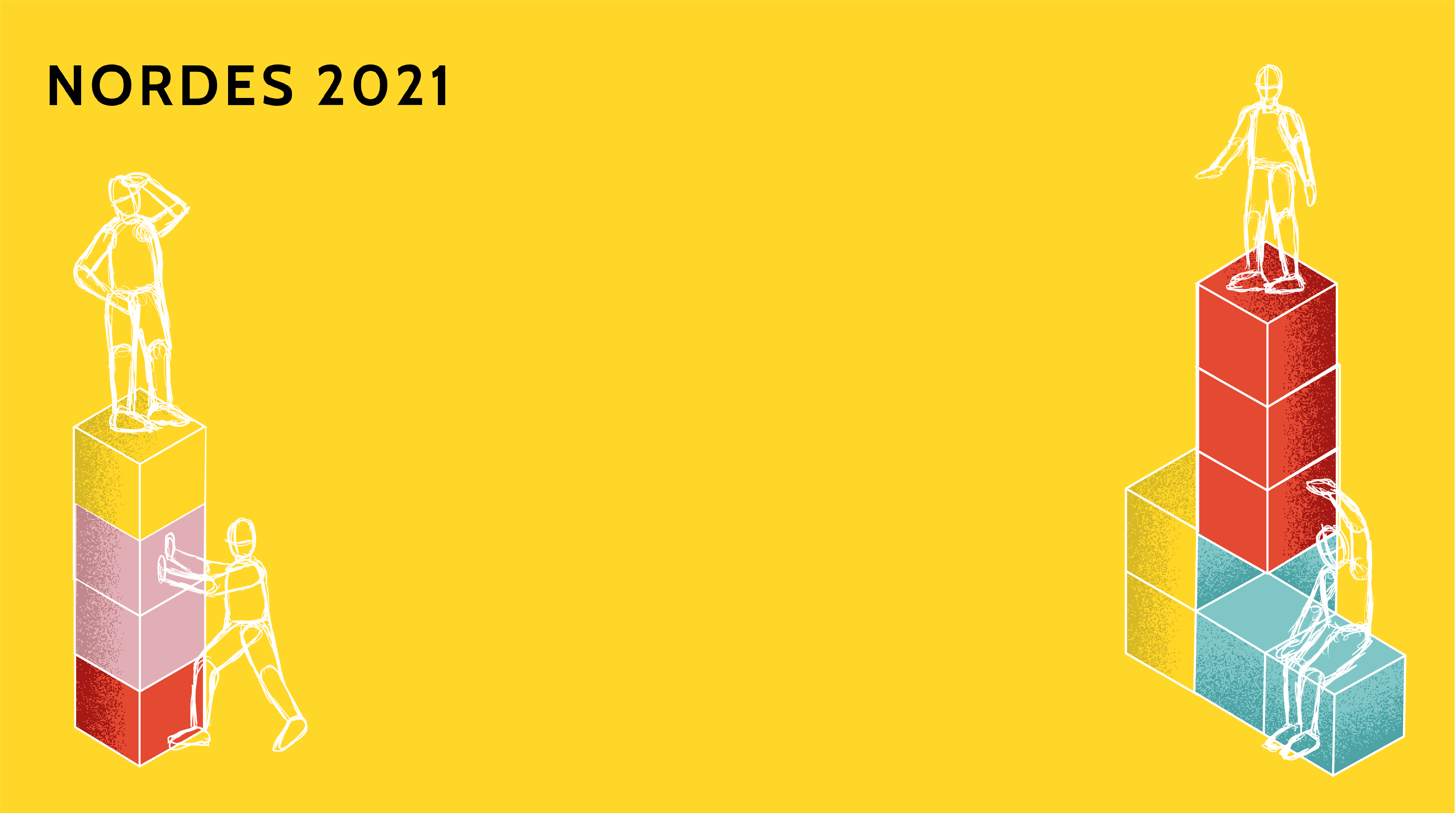
15-18 August 2021: Nordes Conference
Elise Hodson and I are presenting a paper entitled ‘Value, Design, Scale: Towards a Territories and Temporalities Approach’ at the Nordes 2021 conference. Our paper can be found in the proceedings here https://conference2021nordes.org/program/
________________________________________________________________________________________
Presentation
Thursday, 15 April: https://barcelonareact.cat/en
I’m presenting a set of critical provocations on creative economy policies and practices as part of this ReAct Barcelona event.
Event in Spanish, Catalan and English.
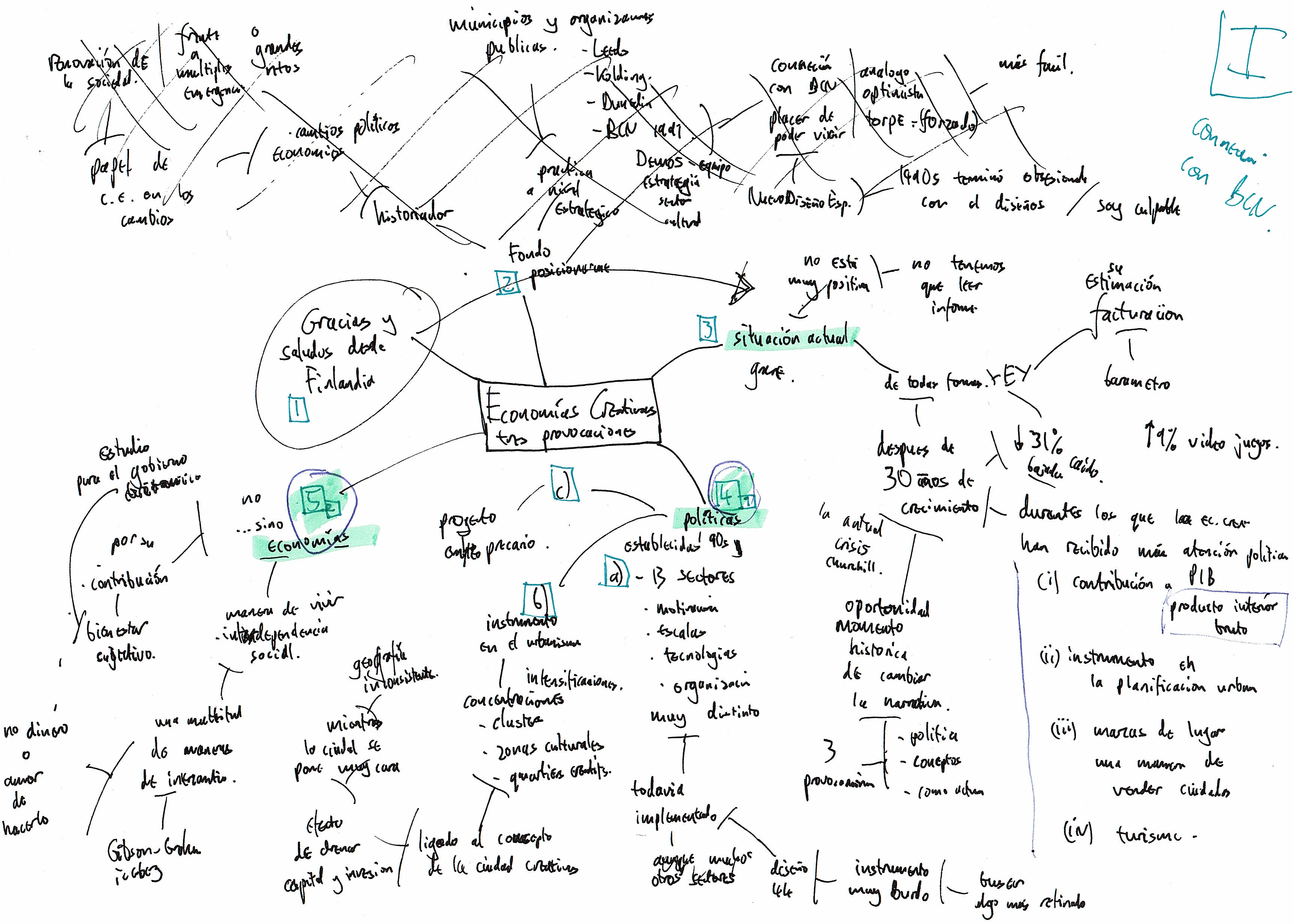
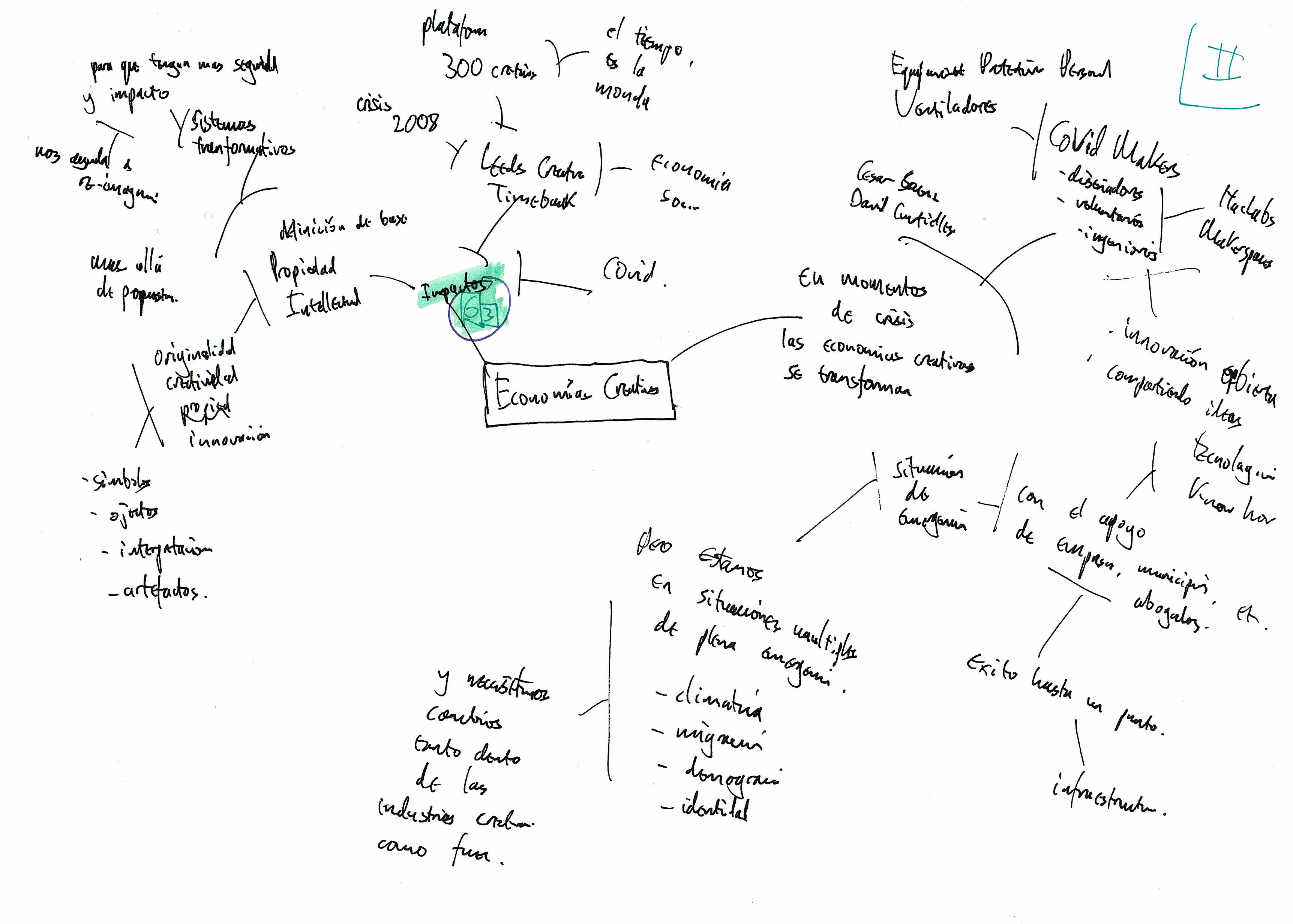
______________________________________________________________
New publication
Julier, G. (2021) The Promise of the Creative Industries, Design Work and Livelihoods in Form follows Finance. Copenhagen: Parole Compendiums
I recycled parts of a chapter from Economies of Design and built on it for the Copenhagen project Parole: “Parole describes contemporary phenomena through the eyes of design; design as discourse, design as intentions, design as materialized manifestations of ideas. Designing is not only the act of creating timeless beauty and functionality, in late capitalism, it is the business of materializing dreams, desires and fears of consumers. And as such we, designers, must reevaluate our self-image.”
Form follows Finance is an editorial project run within Parole by Asmus Lauridsen and Johanne Aarup Hansen.
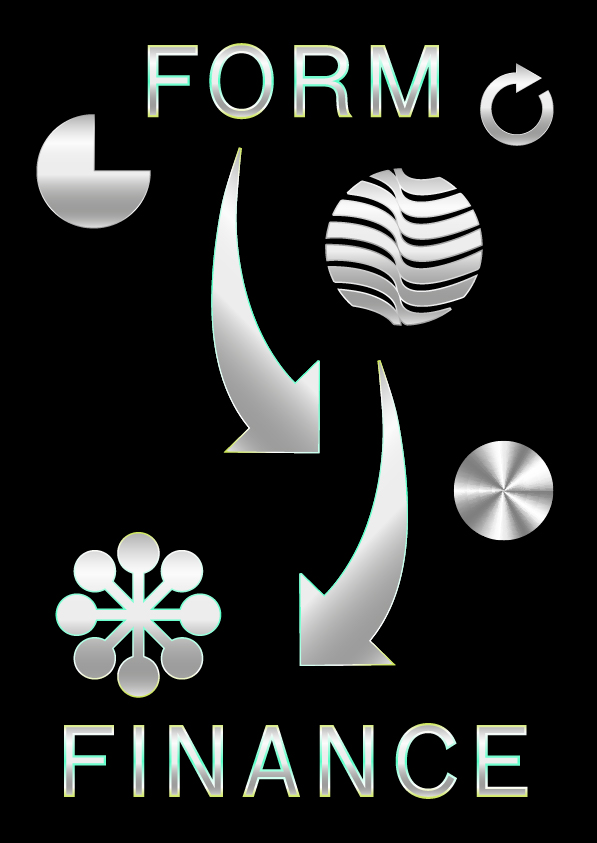
____________________________________________________
Presentation
EU Design Day: Social Dimension of Design, Co-creation and Civic Engagement
Wednesday 25 November
I spoke on ‘The Elusive Value of Social Design’: https://errin.eu/events/eu-design-days-2020
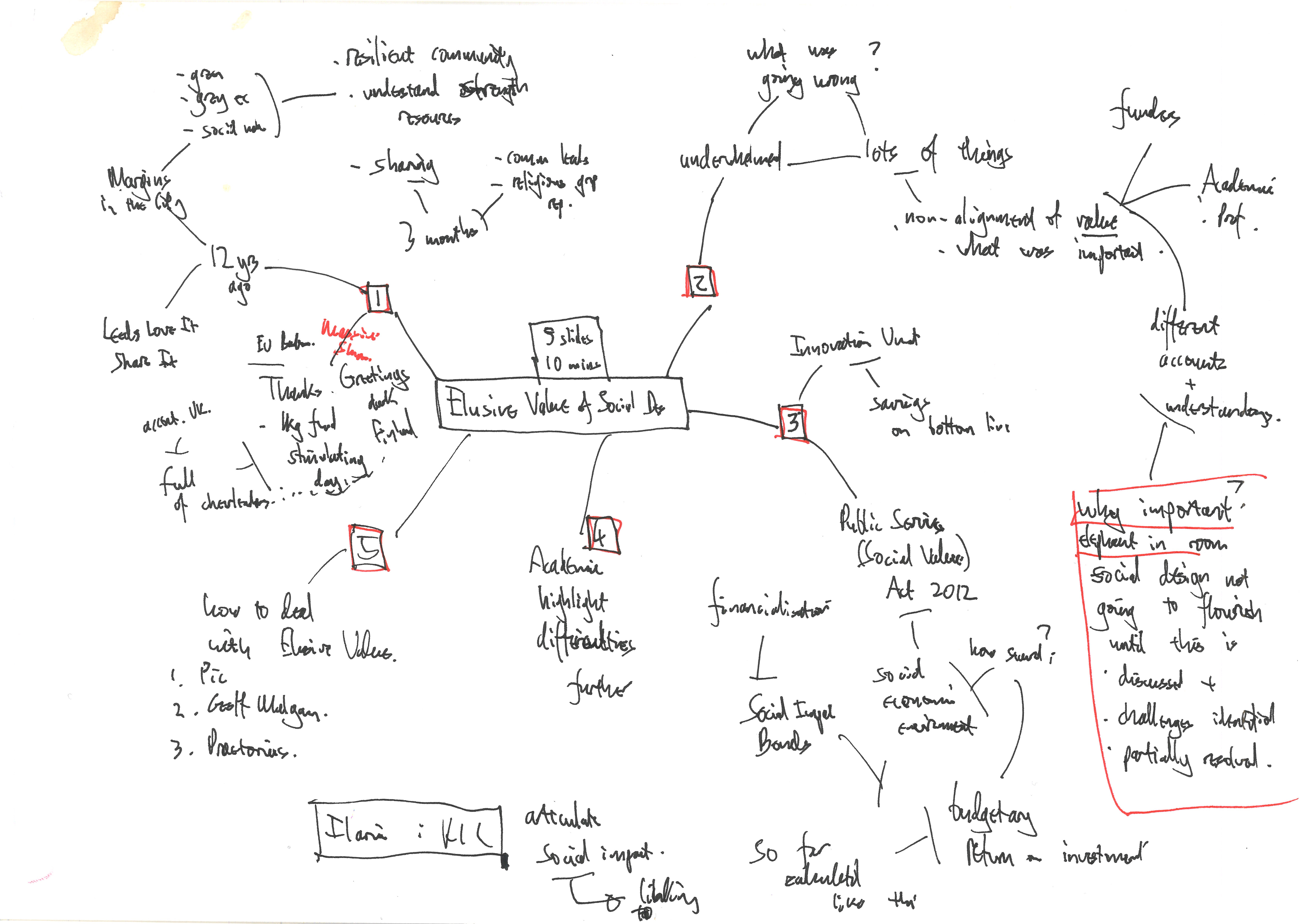
Design and its Cultural Value: in Conversation with Penny Sparke, Mes del Diseño, Chile
Tuesday 17 November
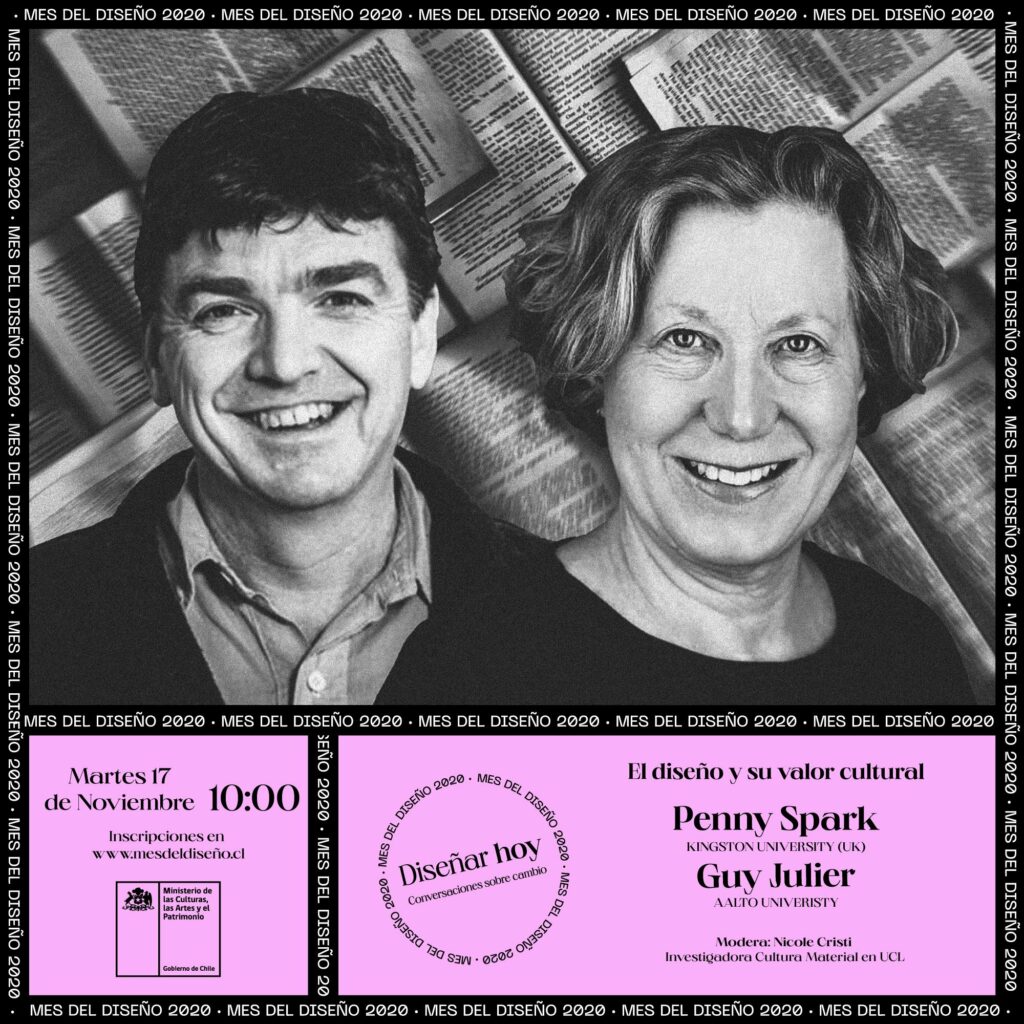
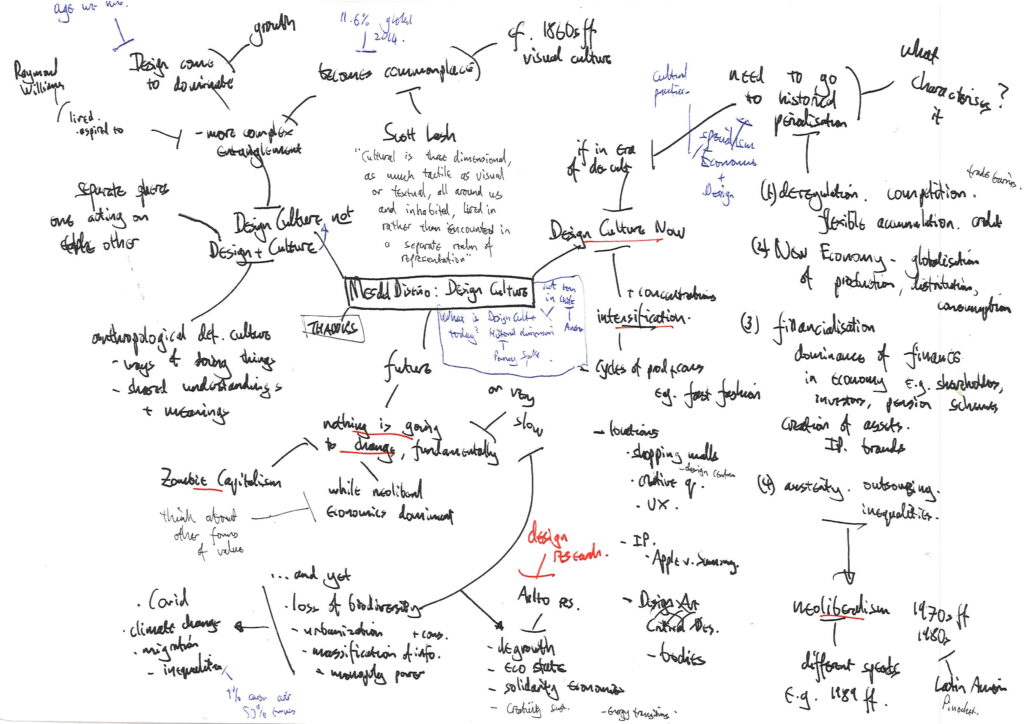
Notes for my 15 minute starter talk.
Design Culture Salon 31: How Can You Make a Living as a Design Activist?
Monday 9 November, 1400h (EET)
Public Panel Discussion Event
Free
Panel discussion with
Päivi Ravio (Studio RaivioBumann, Helslnki),
Adrià Garcia i Mateu (Holon, Barcelona),
Johanne Aarup Hansen (PengeSpekulation and Parole Compendiums,Copenhagen)
Chair: Guy Julier
Arguably, activism through design is as old as the profession itself. However, since the 2008 financial crisis, new possibilities for designers to work as activists have opened up. The range of activist practices and ways of doing these has grown. While these may have been motivated by genuine desires to effect change, many of its exponents have come up against challenges in working professionally. What financial models are available for work in design activism? How do economic pressures affect practices of design activism? Can you change the world and pay the rent at the same time? Our expert panel will discuss these and many other related questions in this Salon.
Blog coming soon: https://designculturesalon.org
Article
A joint piece on how Helsinki thinks it can be sustainable… but can’t. Mostly written by Eeva Berglund with a few flourishes and angry bits by me.
Berglund, E., and Julier, G. (2020). Growth in WEIRD Helsinki: Countering Dominant Urban Politics and its “Green” Pretentions. Sociální studia/Social Studies, 17(1), 13-31.
Conference presentation
I dug out my #Colleex project I instigated last year and developed it in a presentation entitled ‘What is 60 Minutes in Smart Kalasatama?: experimenting with performance as method’ at Urban-Related Sensoria: Environments, Technologies, Sensobiographies : International Conference on Sensory Transformations 10–12 June 2020
Festival Talk
I teamed up with my good friend and collaborator, Lucy Kimbell, to talk about:
Social Design: Realities. Opportunities. Possibilities.
How to Work: Experimental Design Research Festival, Hamburg 8 July 2020
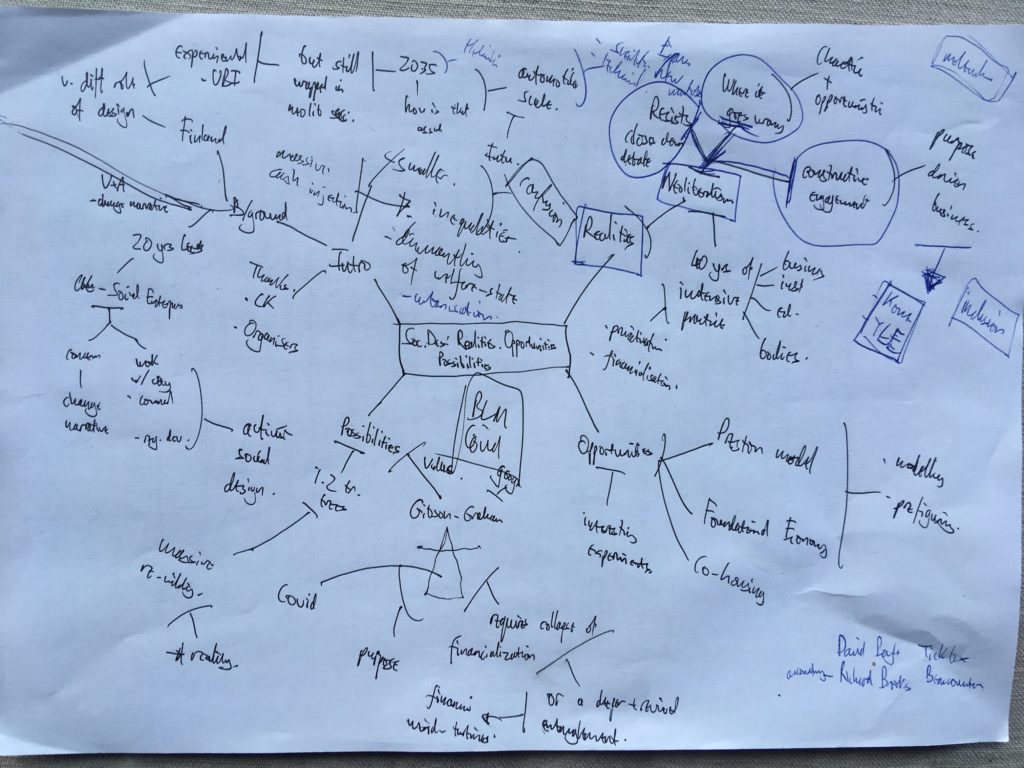
Book Chapter
Julier, G. (2019) ‘Can Design Ever Be Activist?: The Challenge of Engaging Neoliberalism Differently’, in Tom Bieling (ed.) Design (&) Activism:Perspectives on Design as Activism and Activism as Design, Berlin: Mimemis

